ROOM 07 SHINYA KIGURE
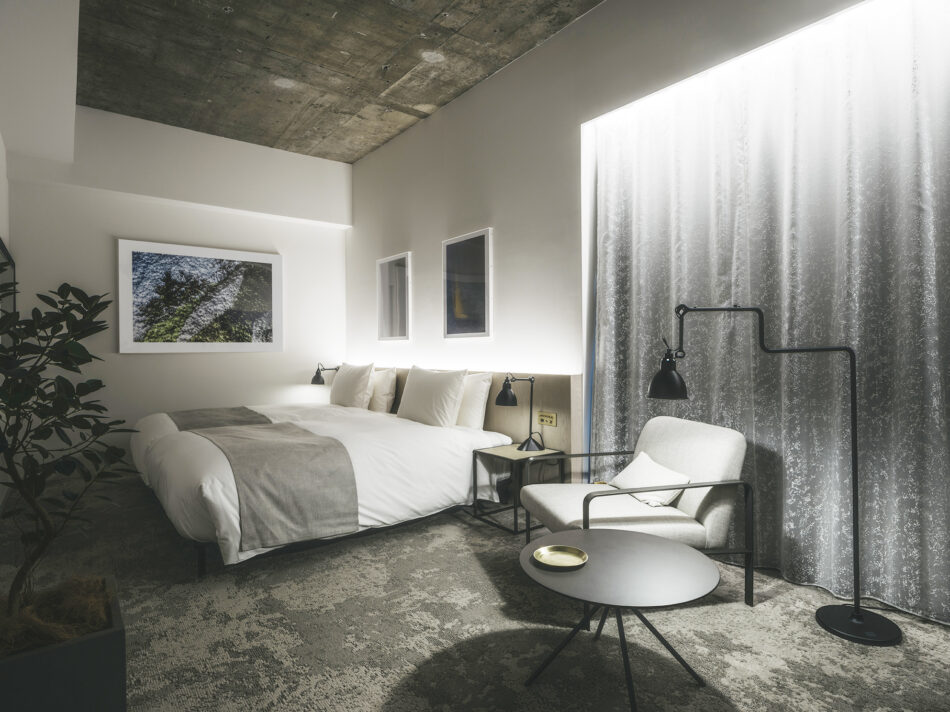
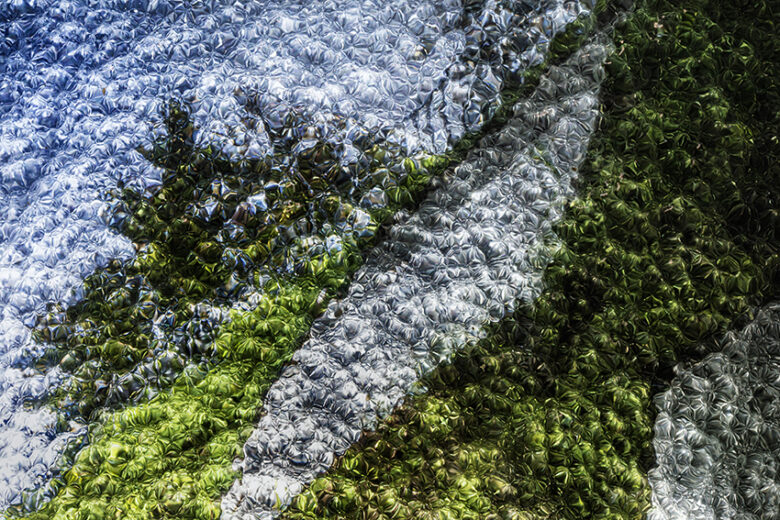
shiroiya_200509_gt_001《Staring at the fragrments》
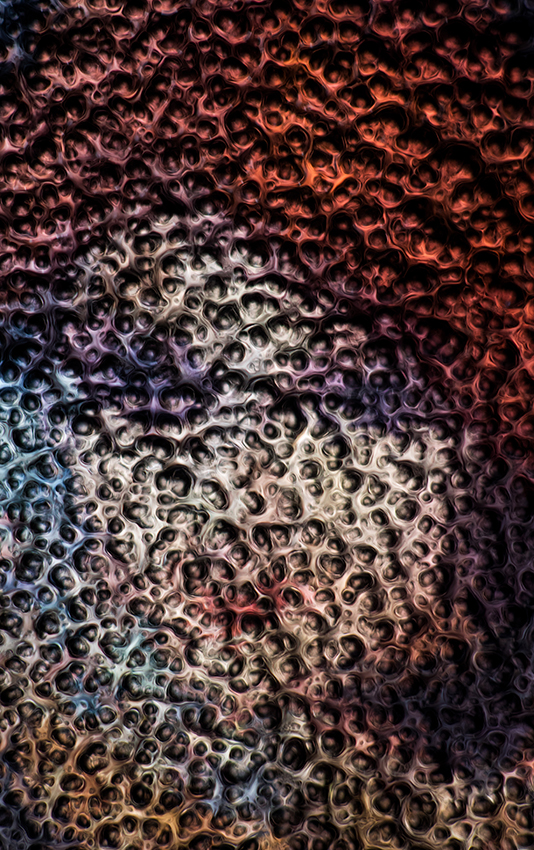
shiroiya_portrait_001
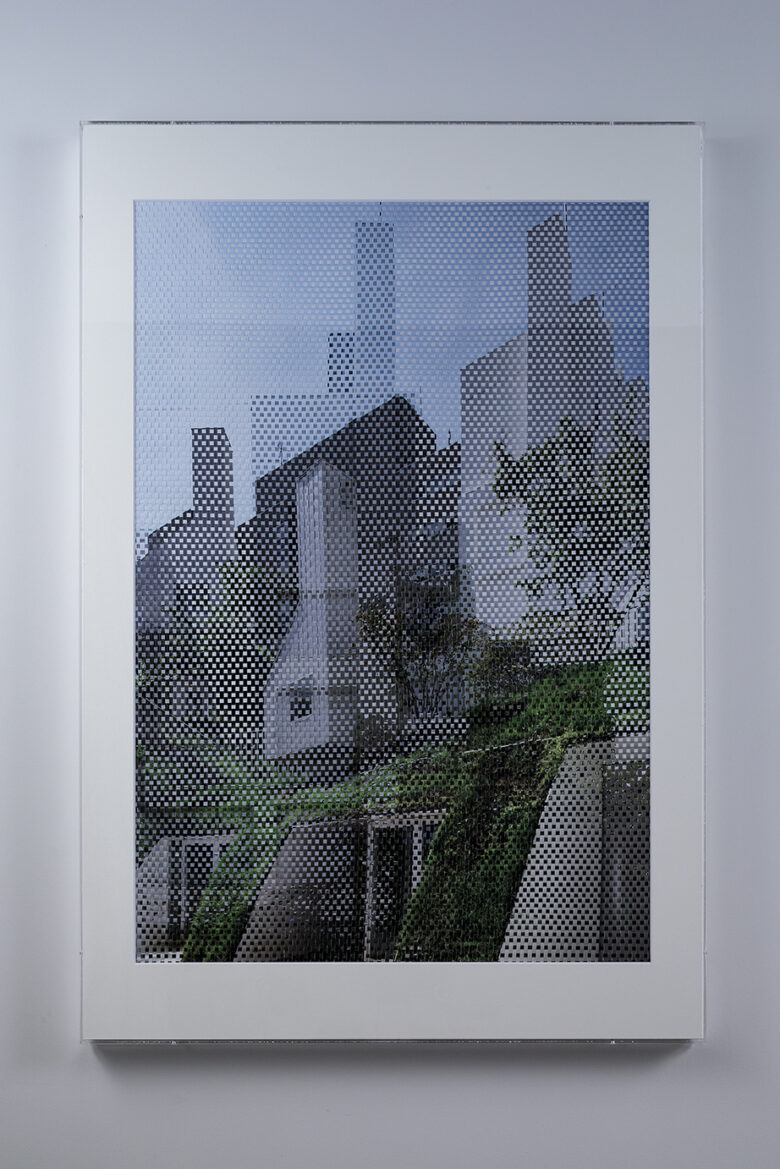
KESHIKI, woven scenery_shiroiya_01
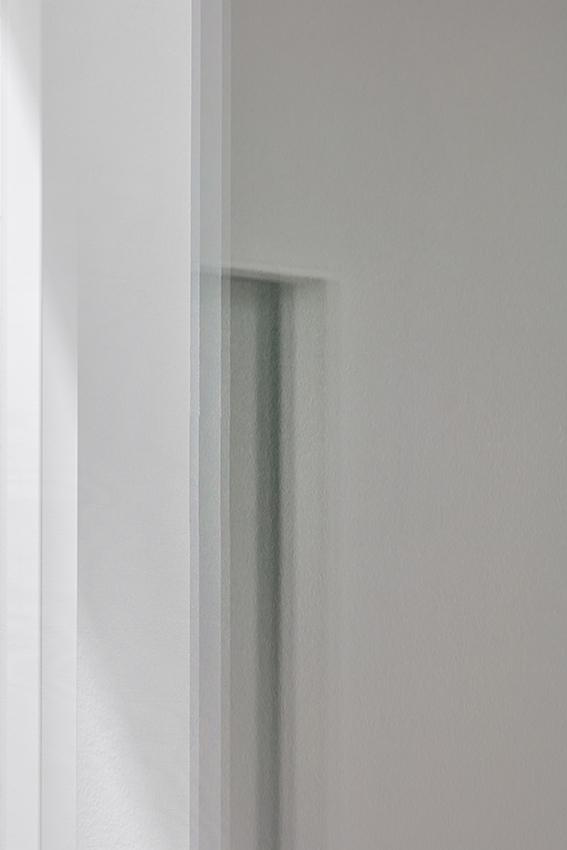
parallax_shiroiya_200808_002
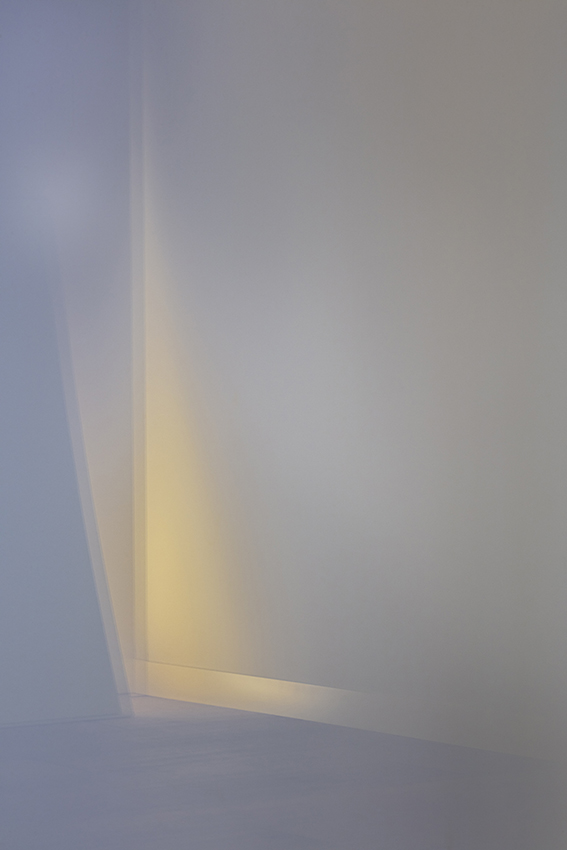
parallax_shiroiya_200808_001
Shinya Kigure was born in Maebashi, Gunma Prefecture, in 1970.In 1993, Kigure’s participation in PLACE/GUNMA sparked his interest in work inspired by everyday local scenery. In 1997, he participated in a training course at the Nimes School of Fine Arts in France with the support of the Gunma Prefecture Arts and Culture Promotion Fund. In 2002, he spent time in Bangkok participating in a program run by the Alliance Française Bangkok Art Centre. His major solo exhibitions include Accumulation: Landscape (North Kanto Art Museum, Gunma, 1997) and The surplus space (ya-gins, 2018). His major group exhibitions include The Flower with the Color of Wind: Dialogues for the Future (Arts Maebashi, Gunma, 2013), Living Locally: Reconsidering Critical Regionalism (Arts Maebashi, 2015), Art of Gunma 2017: Place for Modern Art in Local Society” (Museum of Modern Art Gunma, 2017), and Soureshi (Former Honma Sake Brewery, Gunma, 2019). In 2016, Kigure received the Jomo Arts and Culture Award. In 2013, he founded Maebashi Works, a space in central Maebashi’s main street run by and for artists and architects, and he remains involved in its operation today. Maebashi Works has come to function as an important hub of interaction for local residents and artists, holding alternative activities like exhibitions, talk events, and residence programs that lead artistic activity in the region.
Kigure pursues the possibilities of photography through a variety of methods. In KESHIKI (woven scenery), two photographs are woven together like warp and weft. The photographs show the facade of Shiroiya Hotel before and after its renovation, respectively, so that the work as a whole weaves together past and present. This creates a visual effect like multiple exposure, reminding the viewer of the time and history inherent in architecture and land. The word parallax originally referred to the images caused by differences between the visual field as seen through a camera viewfinder and the actual picture taken. Kigure’s Parallax uses reflections from glass, which is part of the building’s architecture, to show the scenery outside, ambiguating the boundaries between inside and outside, virtual and real, colour and light. Staring at the fragments contains geometrical figures that are actually bumps and scratches on glass, virtually undetectable to the naked eye. Debris from glass once used in this building was fitted to the focal glass of a camera that was then used to shoot the current Shiroiya Hotel. By nature, photography as a medium is best suited to capturing and recording momentary events. Kigure, however, turns the viwer’s gaze to the accumulation of time unique to this place. This is an approach visualising the here and now by creating an intersection between multiple perspectives and overlaying this place’s history and memory.

